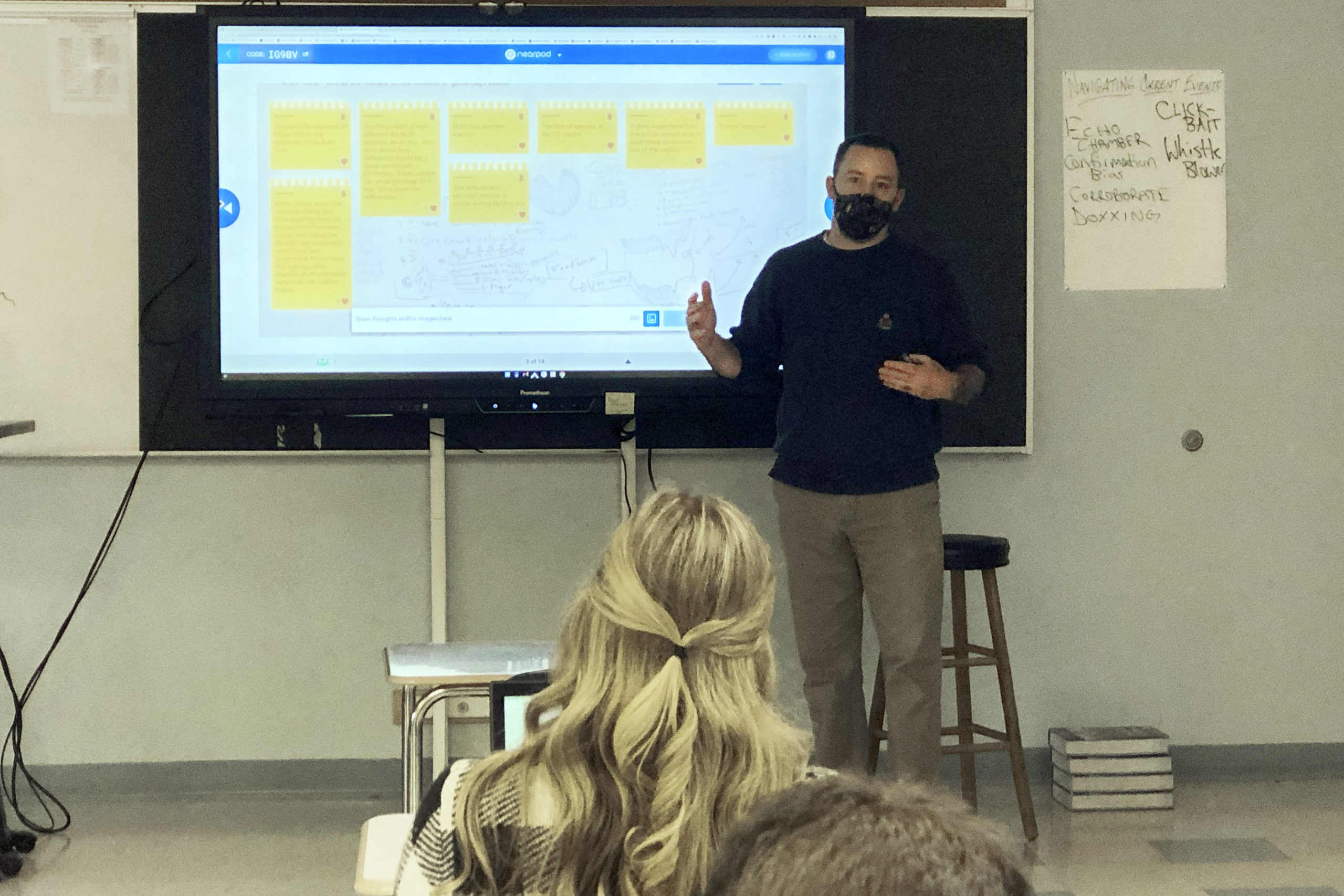Teachers help students make sense of violence at US Capitol

A teacher in Alabama presented photographs of the insurrection at the U.S. Capitol without commentary and asked students to write poems in reflection. A Minnesota instructor fielded comparisons to the aftermath of George Floyd’s killing. And a civics educator in Connecticut urged her rattled students to work toward making the country better.
Social studies teachers nationwide set aside lesson plans this week to help young people make sense of the scenes of the violent siege in Washington by supporters of President Donald Trump.
Approaches varied, with some teachers deliberately holding off on historical comparisons with the events so fresh. Many trod cautiously in light of varied political viewpoints in their classrooms and communities.

Brooklyn Boro
View MoreNew York City’s most populous borough, Brooklyn, is home to nearly 2.6 million residents. If Brooklyn were an independent city it would be the fourth largest city in the United States. While Brooklyn has become the epitome of ‘cool and hip’ in recent years, for those that were born here, raised families here and improved communities over the years, Brooklyn has never been ‘uncool’.